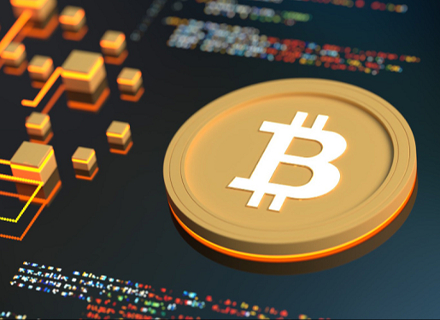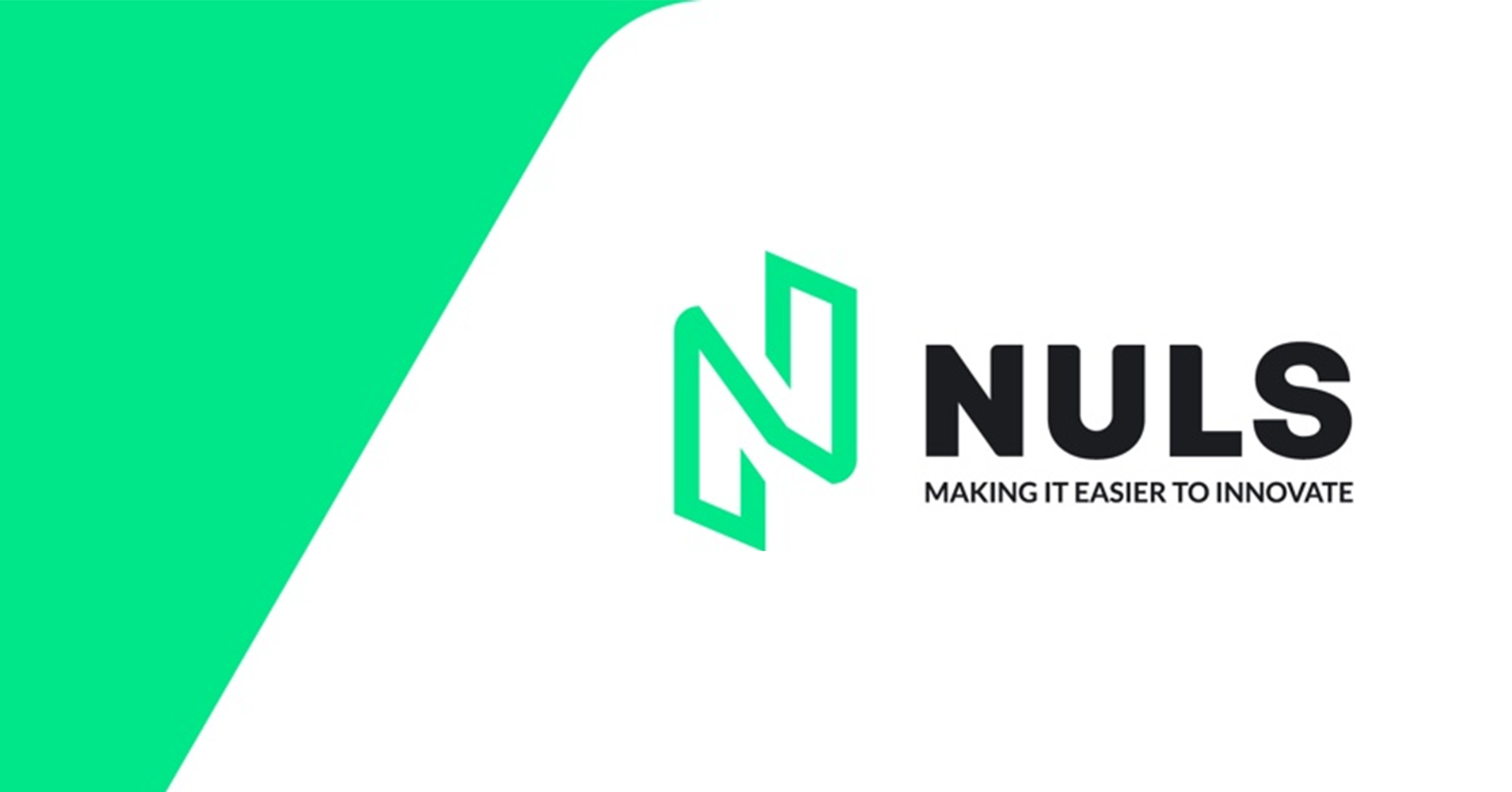- All eyes have been on Bitcoin due to the approvals of US spot Bitcoin ETFs and the upcoming halving in April. With the deadline looming for the SEC’s decision on spot Ethereum ETFs in May 2024, we may see the spotlight include the second largest crypto asset: Ethereum.
- Ethereum’s Dencun upgrade, scheduled for March 13th, 2024, represents a major step forward and could help Ethereum compete in terms of scalability with faster chains in the Smart Contract Platforms Crypto Sector, such as Solana.
- Grayscale Research believes that ETH tailwinds include: (1) its upcoming upgrade, (2) net deflationary supply, (3) network revenue generation ($2bn in 2023), (4) an SEC decision regarding spot Ethereum ETFs in May, and (5) increasing use cases to rent out Ethereum’s network security features.
In 2009, Bitcoin birthed the crypto industry and created the first public blockchain. In 2015, Ethereum applied the concept of a public blockchain to smart contracts, essentially creating a whole new category within the crypto asset class with entirely different use cases from Bitcoin—the Smart Contract Platforms Crypto Sector. Ethereum can be seen as a decentralized version of the Apple App Store as it provides the underlying platform for a wide variety of applications. These decentralized applications (called “dApps”) can range from gaming or identity protocols to digital artwork as well as stablecoins and the tokenization[1] of financial assets.
Today, Ethereum is the leading smart contract platform in market cap and across many fundamental metrics. That said, Ethereum is facing increased competition. In 2023, Ethereum’s performance (+90%) lagged behind the broader Smart Contract Platforms Crypto Sector (+110%)[2], and underperformed certain sector competitors, such as Solana (+916%) and AVAX (+255%).[3] Grayscale Research believes this is indicative of Ethereum going through its proverbial “adolescent phase.” With Ethereum’s planned Dencun[4] upgrade in March, Ethereum is on the cusp of “growing up” through a pivotal transformation aimed at addressing its scalability challenges. We believe that recent price performance reflects the market’s anticipation of this upgrade, as Ethereum (up 26% YTD) has outperformed the broader Smart Contract Platforms Sector (up 3% YTD) since January 1st, 2024.[5]
In this piece, we’ll break down 1) where Ethereum stands today, and its competitive positioning within the Smart Contract Platforms Crypto Sector, 2) Ethereum’s forward-looking vision and key catalysts to scaling challenges, and 3) tailwinds, opportunities, and other challenges going forward.
Competitive positioning: Ethereum benefits from network effects and value accrual
Figure 1: Ethereum Dominates in Fees and Total Value Locked (TVL), Lags in Transaction Count

Source: Artemis and Dapp Radar, data as of 2/1/2024. Data for daily addresses and transactions are averages from January 2024.
Ethereum benefits from its first mover advantage. In regards to a majority of fundamental metrics, Ethereum leads all others in the Smart Contract Platforms Crypto Sector.
Ethereum benefits from significant network effects. As seen in Figure 1, Ethereum is a category leader in terms of number of developers (306 weekly) and total number of applications (4.4k total dApps), which provides a robust environment for application interoperability and innovation. Ethereum dominates with $45.9bn in TVL, a key indicator of ecosystem liquidity, at over 5x that of the next largest competitor. The advantages of network effects and liquidity positions Ethereum particularly well towards attracting new financial applications and developers.
At the same time, Ethereum is arguably one of the few protocols in the crypto asset class that has figured out value accrual. The Ethereum network has high fees by design, which is why it was able to generate just over $2 billion in network revenue in 2023. In contrast, Solana generated just $12mm in revenue during the same time period (Figure 1). Ethereum network revenue consists of two parts: tips and the base fee. Tips are given out as rewards to stakers helping secure the network. Meanwhile, the base fee is “burned”, effectively removing supply (and potential sell pressure) from the network. As a result of this burn mechanism, since “The Merge” in late 2022, the ETH supply has been net deflationary (Figure 2). In this way, usage of the Ethereum network and its high fees generate a flywheel that both drives value to ETH and incentivizes greater levels of network security. To date, this flywheel has helped solidify Ethereum as arguably the most secure[6] and trusted smart contract platform as well as the largest in market cap.
Figure 2: Ethereum supply is net deflationary since “The Merge”; accrues value to ETH

The revenue, security, liquidity, and network effects of Ethereum help to uniquely position the asset within its sector.
That begs the question: if Ethereum has been performing well on so many different metrics, why then was it outperformed in price by competitors in 2023?
At Grayscale Research, we believe this discrepancy is largely due to Ethereum still navigating its “adolescent phase.” Currently, Ethereum’s performance is hindered by its slow transaction speed, low throughput, and high costs for users. With average transaction fees of $2.3 as of February 22nd, Ethereum is significantly more expensive versus alternatives like Solana. This threatens to drive away end users to other chains (see Figure 3 below). However, the Ethereum community has a plan. Core developers are working to implement “Ethereum 2.0” to address these user cost and scalability concerns through a series of upgrades. With every upgrade, Ethereum is effectively “growing up” and continuing to close its throughput and cost gap.
Figure 3: Ethereum and Solana offer fundamentally different models with different tradeoffs, and both are evolving

Source: Artemis, Messari. Daily transactions are an average for Jan 2024. Market cap and transaction cost data as of 2/20/2024.
A brief overview: Addressing scalability challenges through its vision for ETH 2.0
Now that we have an understanding of Ethereum’s competitive positioning, it’s worth exploring its future-forward vision.
Ethereum aims to become the most secure and scalable settlement layer for the dApps built on its network. “Ethereum 2.0” lays out the plan to address scalability challenges by dividing the network into specialized parts, such as processing transactions, storing transaction data, or ensuring all transactions are valid. This “modular” approach allows for targeted innovations and updates in one area of Ethereum’s network without disrupting the entire network, enabling the network to address its scalability challenges while maintaining its network security.
This decision to “break up” the network into specialized parts has given rise to a flurry of independent projects, including Layer 2s such as Optimism (OP) and Arbitrum (ARB), and data availability solutions, like Celestia (more on these later). These independent products could spur greater competition and innovation, potentially solving scalability pain points and enhancing the larger Ethereum ecosystem. Ethereum’s “modular” model contrasts with the “integrated” model, used by competitors like Solana, which consolidates all aspects of the network's operations—transaction processing, data storage, and consensus mechanisms—in a single, streamlined layer (i.e., “Layer 1”).
In the multi-step Ethereum 2.0 roadmap, Ethereum has already converted to “proof-of-stake” with its technical feat of an upgrade called “The Merge” in September 2022. It saw early signs of success with Layer 2s scaling solutions in 2023. The next milestone in this roadmap is the Dencun upgrade (also called EIP-4844), which will make Ethereum Layer 2s transactions cheaper and Ethereum one step closer to its ultimate goal.
Progress with Layer 2s provides early validation of Ethereum’s approach
The introduction of Layer 2s was a substantial step forward in this process of improving Ethereum’s scalability. Ethereum’s shift to a “modular” model separated its transaction execution from transaction settlement, which allowed for activity to occur “off-chain” or outside of the Ethereum mainnet on Layer 2s. These Layer 2s process transactions, “batch” them together, and then send a compressed version back to the main network, Ethereum, for settlement (see Figure 4 for a visual representation). As a result of this batching process, Layer 2s can offer users significantly greater throughput and lower costs than transactions executed on the main chain, while still relying on the strength of Ethereum and its network security.
Figure 4: Ethereum Architecture Graphic

Based on Delphi Digital Graphic. For illustrative purposes only
Initial progress has been encouraging. Today, Ethereum Layer 2s have attracted liquidity that rivals some of Ethereum’s largest Layer 1 competitors. As of February 20, 2024, Arbitrum alone leads most Layer 1s including Solana, Avalanche, and Polygon in TVL at $3 billion (Figure 1). Additionally, Layer 2s have helped onboard new users into the Ethereum ecosystem. As seen in Figure 5 below, while the Ethereum mainnet remained flat in daily users over 2023, daily users have grown consistently on Ethereum Layer 2s such as zkSync, Arbitrum, Optimism, and Coinbase’s BASE.
We believe that continued Ethereum Layer 2 traction could be a tailwind. Layer 2 growth provides early validation towards its scaling approach, as new users in the ecosystem move towards faster, cheaper scaling solutions. We believe the development of ZK Rollups (a novel type of Layer 2 leveraging zero-knowledge proofs) could particularly advance efforts to increase throughput. Still, competitor chains are not going away, as seen with Solana’s spike in new users in late December (Figure 5).
Figure 5: Growing daily addresses for Ethereum Layer 2s illustrates scaling model

The next step: Ethereum “growing up” with impending Dencun upgrade
But Layer 2s were only a starting point. While they have helped reduce transaction fees for users by multiples of 10x by transactions off the Ethereum mainnet (Figure 6), Layer 2s are still significantly more costly than Ethereum competitors such as Solana and Near (Figure 6). This is largely due to data fees, as 80% of Layer 2 transaction costs come from posting transaction data (called calldata) to the Ethereum mainnet.[7] At the same time, data availability solutions like Celestia offer the potential to cut costs for Layer 2s at a huge rate (estimated to be ~99% of data costs[8]), threatening to take away value accrual from Ethereum.
This is where the impending Dencun upgrade in March comes in. This software upgrade would provide Layer 2 scaling solutions a designated storage space on Ethereum, reducing their data cost and therefore improving their margins. While unclear exactly how much this will reduce transaction costs for end users of Layer 2s upon implementation, some have estimated it at over 20x.[9] If all goes to plan, this upgrade could help further narrow the gap between Layer 2s such as Optimism ($0.23) and Arbitrum ($0.21) versus Solana ($0.001) and potentially triple Layer 2 operating margins[10], perhaps mitigating concerns that Layer 2s might look elsewhere for data availability services (Figure 6).
Figure 6: Alternative Layer 1s provide cheaper transaction costs then Ethereum and its L2s

Opportunities and challenges ahead
While technical improvements on Ethereum’s longer term roadmap are largely centered around improving its relative weaknesses, it is also important that Ethereum double down on its strengths. Already seen as the most secure settlement network for smart contracts[11], Ethereum has been able to grow the total amount of staked ETH by 83% in 2023.[12] This increased its resistance to potential network attacks and grew its “security budget” to a total of $82bn (Figure 7). We believe this was largely fueled by demand for passive income in the form of ETH staking rewards as well as the growth of liquid staking derivatives. Ethereum will, however, need to address the concentration of staked ETH within liquid staking provider Lido (35% of total ETH staked as of February 20th).[13]
In the future, Ethereum's "security as a service" model could significantly enhance the blockchain ecosystem by extending its robust security to additional networks, such as bridges or oracle networks. Innovations like EigenLayer, which introduces the concept of restaking, could potentially play a pivotal role in facilitating this vision. EigenLayer accrues value to Ethereum by diversifying its utility and reinforcing its position as a foundational security layer for the wider crypto ecosystem. As of February 20th, EigenLayer has attracted $7.6bn in restaked ETH.[14]
Figure 7: In 2023, Ethereum network security experienced a compounding effect by increase in staked ETH and ETH price.

We believe that Ethereum will continue to see increased competition from the broader landscape of the Smart Contract Platform Crypto Sector. To some extent this seems inevitable, as crypto incentives solve the cold start problem[15] and encourage new innovations and design choices. To some degree, this is structural, as Ethereum’s modular design offers a fundamentally different model than other integrated chains like Solana. This results in different tradeoffs for developers and users that are worth considering (Figure 8 below).
At maturity, the Smart Contract Platform Crypto Sector may not be a winner-take-all market. If Ethereum can retain its positioning as the most trusted chain, perhaps it doesn’t need to surpass but rather only compete with faster chains in terms of scalability. If Ethereum can simply become more competitive in throughput and cost, it could position itself to capture smart contract applications that demand high levels of security and censorship-resistance like stablecoins or tokenized financial assets—even if lower cost chains capture more retail friendly use cases like Non-Fungible Tokens (NFTs).
Figure 8: Analysis of Tradeoffs for Modular versus Integrated chains
 Source: Grayscale Investments
Source: Grayscale Investments
Conclusion
Ethereum stands at a pivotal juncture, poised to move out of its adolescence and into its mature phase. The upgrade, alongside the broader Ethereum 2.0 initiative, marks a significant milestone in Ethereum's journey towards becoming a more scalable, efficient, and user-friendly platform. Despite increasing conflict with competitors, Ethereum faces a number of tailwinds, including network effects and billions in network revenue, the Dencun upgrade, a flourishing Layer 2 ecosystem, and increasing use cases for its security budget. Moreover, the potential for a spot Ethereum ETF could bring ETH the asset further into the awareness of both institutions and the broader public.
We believe Ethereum is entering a new era. With its “modular” design decision, Ethereum turns outward rather than inward as it welcomes outsiders with new product ideas and specialties, expressing its values of collaboration, competition, and innovation. In the end, “Ethereum 2.0” embodies an optimistic outlook that the technical challenges of today might also represent the opportunities of tomorrow. While the future remains uncertain, we believe the Ethereum ecosystem remains well positioned to solidify its place as the preeminent Smart Contract Platform.
[1] Refers to the process of converting rights to an asset into a digital token on a blockchain, facilitating its ownership, transfer, and trading in a secure and transparent manner.
[2] Performance based on the FTSE Grayscale Crypto Sectors Index Series
[3] Artemis and Bloomberg
[4] Dencun is a portmanteau of Deneb, the upgrade to Ethereum’s consensus layer, and Cancun, the upgrade to its execution layer.
[5] Performance based on the FTSE Grayscale Crypto Sectors Index Series. Artemis and Bloomberg, data from January 1, 2024 to February 13th, 2024
[6] Most secure in that it requires the most monetary resources to attempt to take control of the network (see the staked ETH section later in this piece)
[11] With the largest amount of native currency staked among proof of stake smart contract platforms, Ethereum would take the most amount of capital to try and disrupt the network’s operations.
[12] Glassnode
[13] Glassnode
[15] The cold start problem for startups refers to the initial challenge of gaining traction and building a user base or market presence without existing customers or data.











